It is grievous to see Ireland having escaped one form of tyranny - that of the Protestant Ascendancy - so soon delivered into the hands of another, even more deadly tyranny - that of the Republican terrorists.
Modern Sinn Fein/IRA is an avowedly Marxian-socialist organisation that supports liberal abortion, divorce and radical Feminism. Bairbre de Brun, Sinn Fein Minister in NI, signed into law the statutory instrument that legalised the “morning after” abortion pill which southern Irishmen rejected in the abortion referendum.
Republican extremism would not be an issue in Ireland had it not been for the fact that they bombed their way to the negotiating table. That such violent extremists had never found favour with most Irish people is a matter of historical fact.
The 1916 rebels, after arrest, were taken through the streets of Dublin where they were loudly booed and cursed by the Dubliners as traitors and terrorists. They were roundly condemned by the people of Dublin and Ireland whose sons were fighting on the Western front in France.
 The streets of Dublin after the 1916 rebellion
The streets of Dublin after the 1916 rebellion
Even after they were judicially murdered by a so-called “liberal” PM (David Lloyd-George) there was still never a majority for separation from Britain and still less for a republic. At its height, Sinn Fein never got an absolute majority of votes in Ireland and its popularity quickly dissipated. Notoriously de Valera left them to found Fianna Fail because they were too extreme and violent even for him.
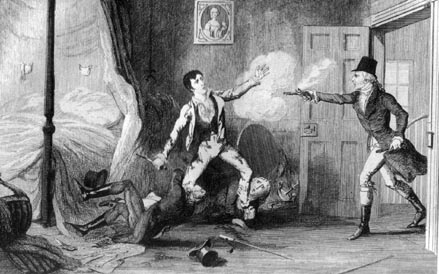
"Lord Edward and Wolfe Tone", the first United Irishmen, were both Protestants as were almost all the United Irishmen who started the rebellion of 1798 and began the modern Irish nationalist movement. The United Irishmen was originally an Ulster Protestant movement, not a Catholic one, but few nowadays know this.
The movement was inspired by the French Revolution, a revolution that slaughtered Catholics in vast numbers, banned religion, and proclaimed atheistic “rationalism” the new “religion” of the French State.
Many British and Irish Protestants were drawn to its false cry of liberty, equality and fraternity as well as its anti-Catholicism. These are the roots of the Irish republican nationalist campaign.
Later movements like Sinn Fein, the Fenians and the IRB were all avowedly secularist and revolutionary. They were all roundly and repeatedly condemned by the Catholic Church and their leaders excommunicated both by the Irish bishops and by Rome and, finally, in January 1870, by order of Blessed Pope Pius IX himself.
Bishop Moriarty of Kerry famously said “Hell is not hot enough nor long enough for the leaders of the Fenians”.
No-one who bothers to check the record can be in any doubt whatever: the Church roundly, consistently and very strongly condemned the Fenians, the IRB and the Republican separatists as men of violence and terror and as secret societies.
Throughout the 19th century, no-one but these condemned extremists sought separation from Britain, still less an Irish republic.
Constitutionalists like Dan O’Connell sought only repeal of the Act of Union which had abolished the Irish Parliament and “united” it with the Westminster Parliament. The “Repeal of the Union” movement meant this and not, as so many today stupidly think, complete withdrawal from the UK and the foundation of a republic.
The Act of Union dissolved the Irish Parliament in 1801 because, it being a Protestant Ascendancy parliament, so many men thought it oppressive and unrepresentative of the Catholic majority.
 "The Liberator": Daniel O'Connell, Catholic lawyer and bringer of liberty to the Catholics of Ireland and the British Empire
"The Liberator": Daniel O'Connell, Catholic lawyer and bringer of liberty to the Catholics of Ireland and the British Empire
Daniel O’Connell and the constitutionalists were highly successful in their peaceful campaigns and achieved Catholic emancipation for the entire British Empire. Thereafter, Irish Catholics slowly began to be elected to Westminster and, in due course, an Irish Parliamentary Party was formed which had as many as 80 members of Parliament and held the balance of power.
Dan O’Connell remained, his whole life, a monarchist and was an admirer of Queen Victoria. But he was also an Irish patriot and a skilful campaigner for the cause of Irish freedom.
The constitutionalists came very close to achieving the repeal of the Act of Union and Home Rule and succeeded in persuading the British Prime Minister, William Ewart Gladstone, of the rightness of their cause.
However, they were opposed and severely hampered by the hot-headed revolutionaries and advocates of violence in the “Young Ireland” movement which based itself upon the anti-Catholic “Young Italy” movement of Mazzini, Garibaldi and other Pope-haters who set up a republic in Rome and eventually annexed all the Papal States from the Pope and tried to capture, imprison and even kill him.
Fortunately the Pope escaped to Gaeta in 1847. He was not so fortunate in 1870 and was imprisoned by the later Italian revolutionaries.
The hot-headed revolutionaries in Ireland were equally violent.
Ironically, the British government (especially under Gladstone) supported the Italian revolutionaries upon whom Young Ireland based itself. Like the Americans, the British government, in those days, had a nasty habit of supporting revolutions in Catholic countires whilst viciously suppressing even legitimate dissent within its own realms.
This, however, only served to confuse the issue in Ireland and allowed the secularist revolutionaries to pose as defenders of the Irish Catholic people, all the while that they were actually deeply anti-Catholic. It was a most diabolical deception, well worthy of the Prince of Darkness and Father of Lies himself.
The republican hot-heads staged further abortive uprisings in Ireland which completely pulled the rug out from under the constitutionalists and stymied the prospect of Home Rule.
 The farcical attack on the police at widow McCormack's cabbage patch
The farcical attack on the police at widow McCormack's cabbage patch
Every murder or rebellion by the hot-heads lost the sympathy of the general public and set back the cause of Home Rule.
These ridiculous "revolutions" were largely farcical in their aims and execution, involved only small numbers of people, achieved nothing of any good and did a great deal of damage to the cause of Irish Home Rule.
The most ludicrous example was perhaps the "battle" of "Widow McCormack's cabbage patch" in which hot-heads bottled up a squad of police in the home of widow McCormack. After several abortive attempts by the revolutionaries to break in and capture the house, police re-inforcements arrived and arrested all the rebels.
More serious were the Phoenix Park murders.
This refers to the assassination in 1882 of the second and third persons in rank in the British Dublin Castle government of Ireland by the "Irish National Invincibles”, a secret society of republican extremists.
On 6 May 1882, the most senior Irish civil servant, the Permanent Under-Secretary, Thomas Henry Burke and the newly appointed Chief Secretary for Ireland, Lord Frederick Cavendish – who was also the nephew of Prime Minister William Gladstone – were stabbed as they walked though Phoenix Park in Dublin en route to the Viceregal Lodge, the vacation residence of the Lord Lieutenant of Ireland. Cavendish had only arrived in Ireland the very day he was murdered.
Charles Stuart Parnell (another Irish Protestant nationalist but with a penchant for other men’s wives) who had founded the Irish Parliamentary Party (IPP) sought to distance himself and his PArty from the murder.
Parnell was a very extraordinary and unusual man who came from the Church of Ireland (Anglican) gentry but later, it is said, secretly took the IRB (Fenian) oath. While, it is said, nevertheless preferring the Tories to the Liberals he was, at the same time, highly regarded by the Liberal Prime Minister, Gladstone who thought him one of the most extraordinary men he had ever met.
 Charles Parnell MP, the "uncrowned King of Ireland", a nationalist from the Anglican gentry who joined the Fenian IRB, some say, and yet preferred the Tories to the Liberals whilst being a friend of Liberal PM Gladstone, was a curious mixture of contraries
Charles Parnell MP, the "uncrowned King of Ireland", a nationalist from the Anglican gentry who joined the Fenian IRB, some say, and yet preferred the Tories to the Liberals whilst being a friend of Liberal PM Gladstone, was a curious mixture of contrariesHowever, Parnell's policy of allying his party to Gladstone's Liberal Party to enable Home Rule was also ultimately defeated by the murders. Gladstone's Minister Lord Hartington was the elder brother of Lord Frederick Cavendish. Saddened and infuriated by the manner of his brother's early death, Hartington split with Gladstone on Home Rule in 1886 and 1893 and led the breakaway Liberal Unionist Association which allied itself to Lord Salisbury's Conservative governments. This delayed Home Rule by 28 years, until the Third Irish Home Rule Bill which was passed technically in 1914, but which was never effected.
All the assassins were eventually captured, and five were hanged.
Eventually, after the fall of Parnell becuase of his divorce and marriage to his mistress, Kitty O'Shea, the constitutionalists began to make the running and under John Redmond and John Dillon, both Catholics and IPP MPs, the cause of Home Rule advanced rapidly by purely constitutional means. It was eventually achieved by the Home Rule Bill of 1914 but unfortunately the World War intervened.
The war was used by the new generation of violent revolutionaries as a cover for revolution (just as the Russian Bolshevik revolutionaries had done).
Some of the 1916 rebels had begun as monarchists (Plunkett wanted Josef von Hohenzollern, a German Catholic duke, to be king of Ireland) and some, like Connelly, were Marxian-Socialists. All soon agreed to be republican separatists.
The judicial murder of the rebels by the British Liberal government, and the bloody deeds of the "Black and Tans" and Auxiliaries, converted too many Irishmen into reluctant support for the revolutionaries.
The hot-heads had won and the hard-working, long-suffering constitutionalists lost, and many of them had died, or lost sons, fighting in the Great War, a fact which has been totally and shamefully forgotten by successive Irish governments, so that these brave men now have no memorial. They unquestionably died for Ireland, as much as any, believing, as did Redmond, that the Home Rule Act would be honoured after the War was over.
 John Redmond MP, leader of the Irish Parliamentry Party in the House of Commons - a peace-loving constitutionalist who obtained Home Rule for Ireland in 1914
John Redmond MP, leader of the Irish Parliamentry Party in the House of Commons - a peace-loving constitutionalist who obtained Home Rule for Ireland in 1914
Few know that there were more Catholic Irishmen from the South fighting in the British Army in BOTH world wars than ever there were Orangemen from the North. And anyone could join the Irish Divisions but to join the Ulster Division, disgracefully, one had to sign the anti-Catholic Solemn League and Covenant.
After the war, Michael Collins began his campaign to de-stabilise Ireland and he did this by organising the murder, almost exclusively, of “Castle Catholics” - those who had some connection with the British administration. His evil “Squad” did not hesitate to shoot men coming out of Mass, and even in the confessional on one memorable occasion, save that the pistol jammed and so no-one was hurt.
His campaign worked all too well. The British government panicked and sent in the Tans. In many cases, houses left standing by the Tans were burned down by the IRA and vice-versa.
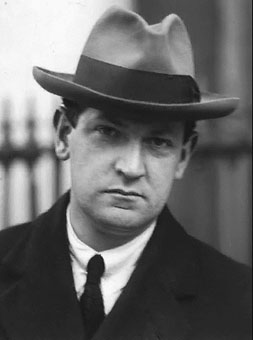 Michael Collins, Sinn Fein rebel and terrorist who organised the "Squad" to assassinate Catholics who did not support terrorism. Later the Free State leader, he was himself assassinated by his former comrades in terror, with the connivance of Eamonn de Valera
Michael Collins, Sinn Fein rebel and terrorist who organised the "Squad" to assassinate Catholics who did not support terrorism. Later the Free State leader, he was himself assassinated by his former comrades in terror, with the connivance of Eamonn de Valera
Collins then agreed to the Treaty forming an Irish Free State but Eamonn de Valera rejected it and boycotted the clandestine Dail (Irish Parliament). The Free State was declared and then another war broke out between pro- and anti- Treaty supporters, a bloody civil war. Many more Irishmen were killed in the civil war than in the war with the British.
At Partition (the main bone of contention in the Treaty) the Royal Irish Constabulary (RIC) was broken up and many RIC men headed for Ulster knowing that they could expect little mercy from the IRA after partition.
80% of the RIC had been Catholic, not Protestant.
After the Treaty men won (but with Collins dead, thanks to de Valera’s connivance some say) Sinn Fein/IRA began a campaign to de-stabilise the new Free State government. The Free State government cracked down on the IRA but the IRA responded by assassinating Kevin O’Higgins, the Justice Minister.
Over 100 IRA men were executed by the new Free State government for acts of terrorism against the government and 10,000 were interned - far more than ever the Brits interned or would even have thought of interning. This is another little known fact.
The IRA responded by reverting to a bombing campaign on the mainland of Britain and they succeeded in assassinating the British Chief of the Imperial General Staff, Field Marshal Sir Henry Wilson, in his own home.
 Eoin O'Duffy, Sinn Fein rebel and later leader of the Fascist Blue Shirts
Eoin O'Duffy, Sinn Fein rebel and later leader of the Fascist Blue Shirts
Former Sinn Feiner and IRA rebel, Eoin O’Duffy founded the new Free State police, the Garda Siochana and then helped to found Fine Gael. He later went off to Spain with the Irish Fascist “Blueshirts” to fight for General Franco.
De Valera abandoned Sinn Fein realising their extremism was a liability and founded Fianna Fail. He came to power with that new party and seized the opportunity presented by the abdication crisis in 1936 to remove all references to the monarchy save in external affairs. He did not dare put the matter to a referendum because he knew he would not win it.
 Eamonn de Valera, rebel and terrorist assassin, about to be put safely under lock and key
Eamonn de Valera, rebel and terrorist assassin, about to be put safely under lock and key
De Valera never actually declared the Republic.
It was Costello, the Fine Gael Teaosaich, who did that, in 1948. He did it unilaterally and without consultation (still less any referendum). The immediate cause was his pique at the undiplomatic and rather offensive comments made by some Canadian Empire loyalists when Costello was visiting Canada.
The IRA did not stop its campaign of violence, however, and attacks were made upon British bases in the North even during the 1950s. Sean South was one such hot-head and he succeeded only in getting himself killed.
The troubles broke out again in the late 1960s when the more bone-headed of Orangemen stepped up their on-going low-level persecution of the Catholic minority. The British Army were called in not to harass the Catholic minority but rather to protect them from the Orange extremists.
The IRA seized upon this with glee to re-start a whole campaign of violence, dishonestly pretending that the British Army had been called in purely to assist the Orangemen to persecute Catholics.
And we know the rest.
But not many people know how many innocent Irishmen, Catholic and Protestant, have been killed by Sinn Fein/IRA, now a para-Marxist organisation.
IRA bombs have claimed the lives of innocent children, many of them Catholic. Who can forget the innocent old lady standing at the bus stop in London when the IRA's Chelsea barracks nail bomb went off and a 6″ nail was lodged in her heart? Or the aftermath of the Enniskillen bomb?
 Aftermath of the Enniskillen bomb
Aftermath of the Enniskillen bomb
Sinn Fein/IRA also took to racketeering on a grand scale in the North and South and not long ago were responsible for a £23.5 million pound bank robbery.
And it is known that Gerry Adams and Martin McGuinness have long been members of the IRA Army Council and have both, especially McGuinness, been personally responsible for murders.
Not nice people to do business with.
But neither are the Orange para-militaries.
These people are, however, only a tiny minority. Unfortunately, they are powerful because they have guns and bombs.
So it is essential that all the guns and bombs get taken away.
To be fair to David Trimble of the Ulster Unionist Party, he was the first politician willing to shift and try to reach a peaceful settlement. So were SDLP leaders like John Hume and Seamus Mallon. But Blair so mishandled the whole business that divisions widened again and the DUP and Sinn Fein got more, not less, votes.
Let us hope that the new "sweetheart" deal between the DUP and terrorist-supporting Sinn Fein will last. There remain, however, even more extreme groups like the INLA, the Continuity IRA and their equivalent among the Orange extremists. They can still do great damage.
 Stormont: the Northern Irish parliament
Stormont: the Northern Irish parliament
It does not help that the Tony Blair/Bertie Ahern axis were more keen on getting the EU agenda advanced than they were on establishing peace and justice in Ireland. But we should be under no delusion. Sinn Fein/IRA are not a party or group worthy of the support of any sane Irishman or woman and certainly not any Catholic Irishman or woman.
But truth, alas, has long been a casualty in the wars that have beset Erin's beautiful isle. In the American Hibernian diaspora, especially in places like Boston, fantasy and falsehood have long taken the place of truth when it comes to their understanding of Irish history.
But - as someone once asked - why let the truth get in the way of a good story?
The answer is simply this: if you need to be persuaded that the truth is important then consider, too, the many innocent people, including children, who suffer and have suffered terrible harm because too many people who ought to know better can't be bothered to find out the real truth.
...








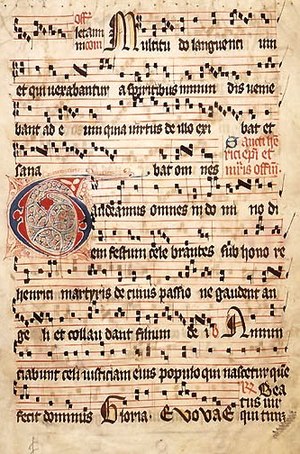

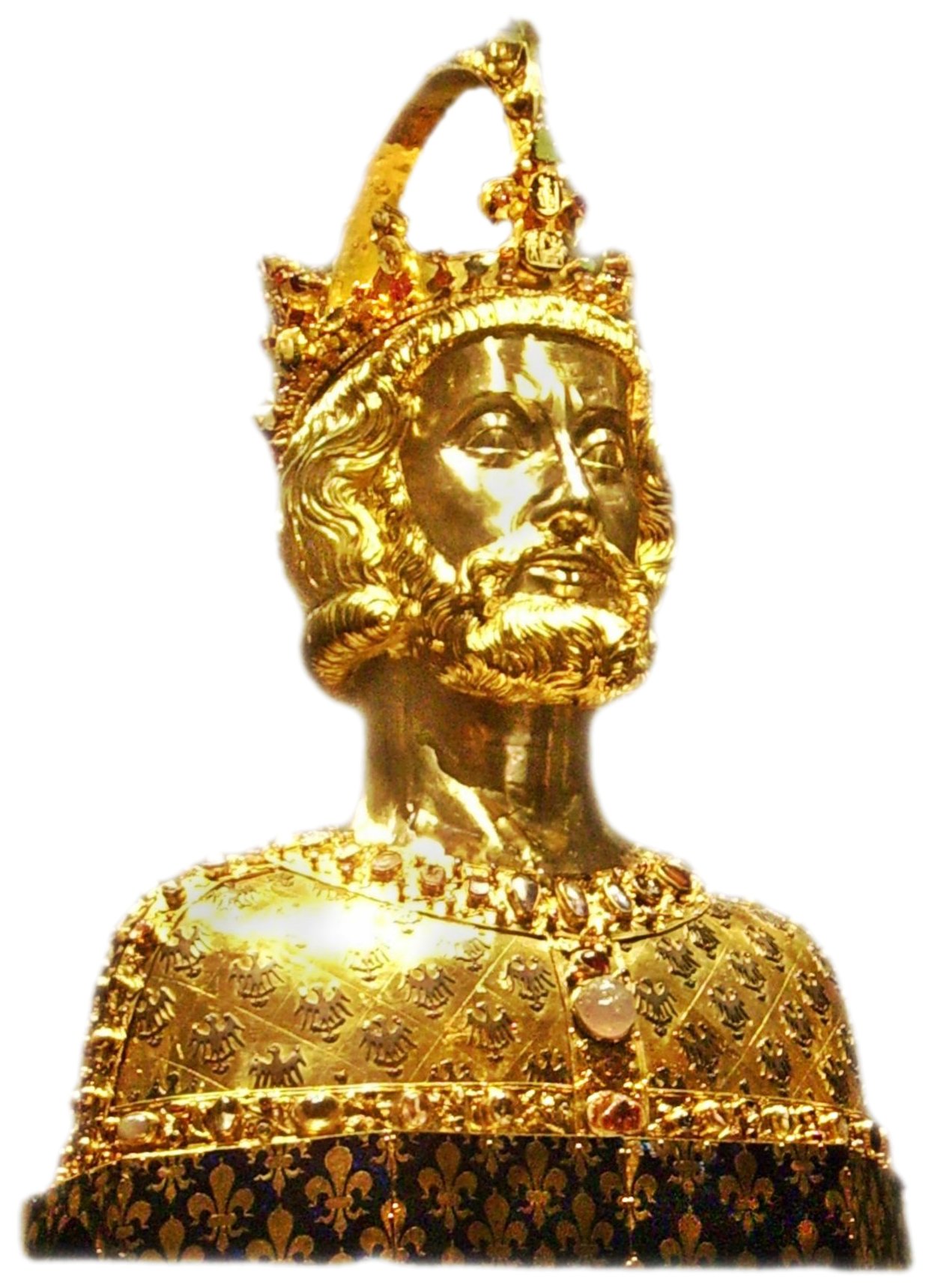



.jpg)


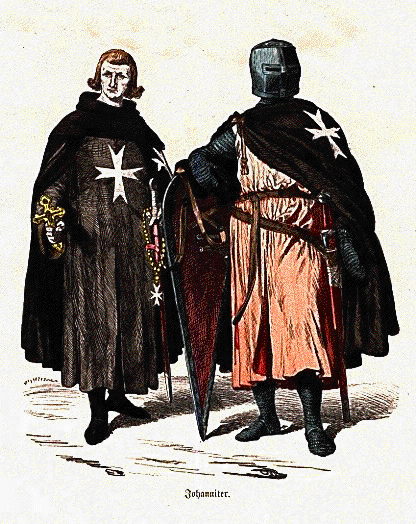

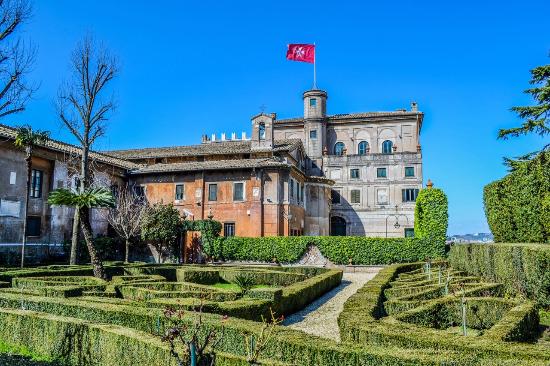


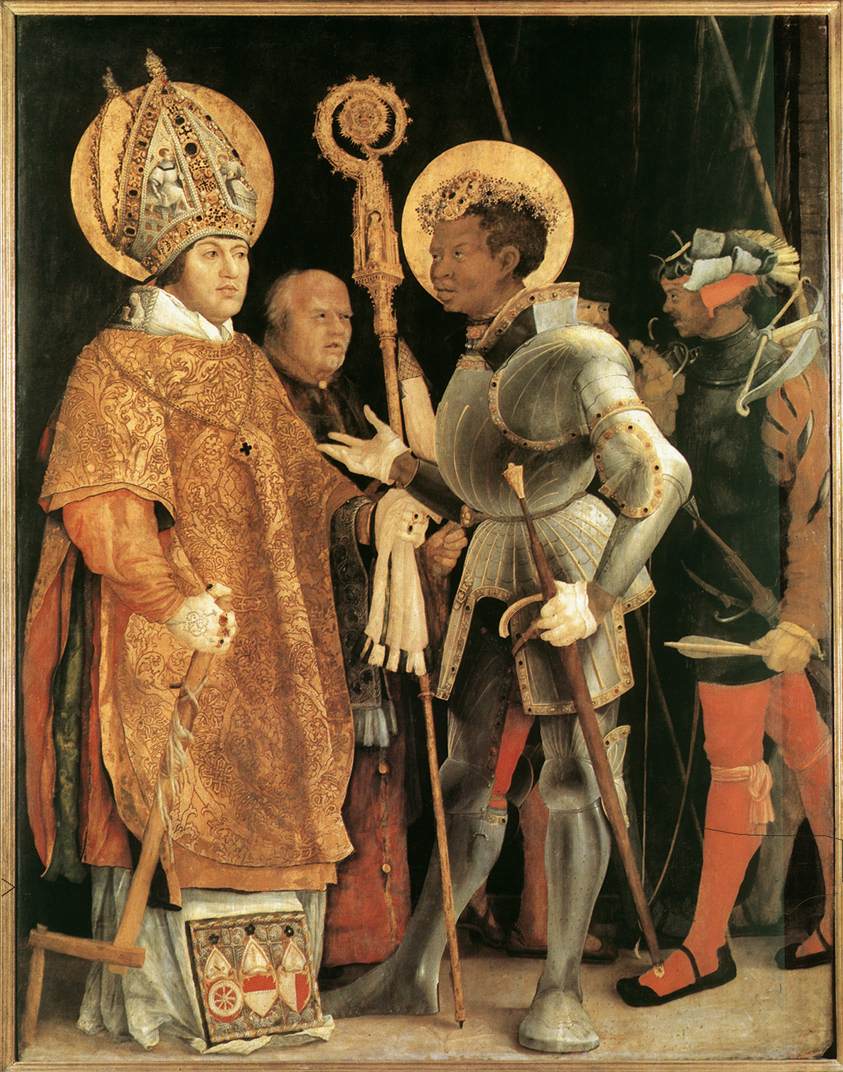
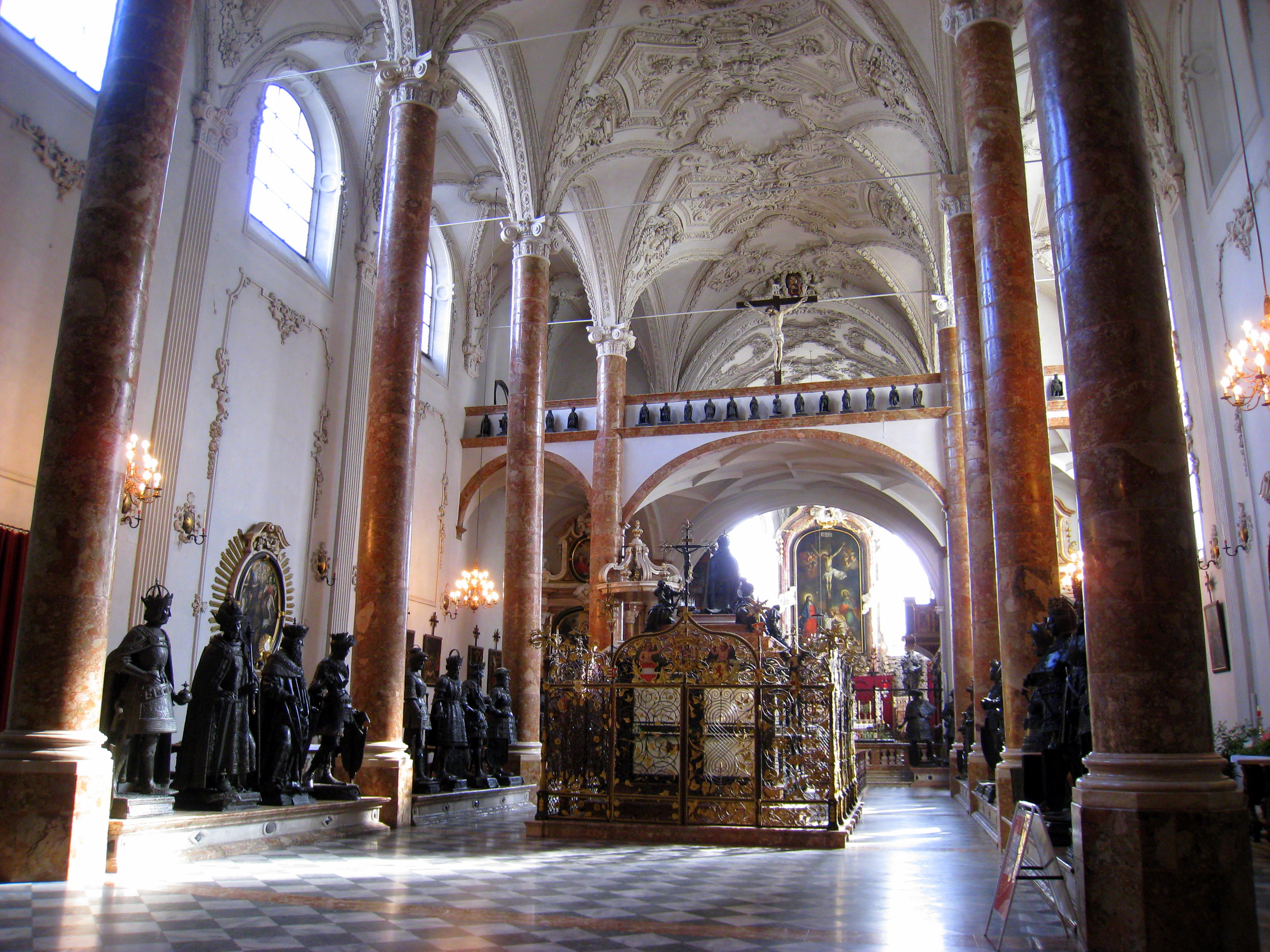


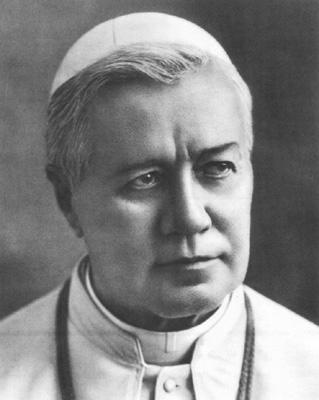






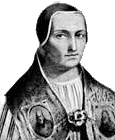







_-002.jpg/220px-Circle_of_Anton_Raphael_Mengs,_Henry_Benedict_Maria_Clement_Stuart,_Cardinal_York_(ca_1750)_-002.jpg)



6 comments:
Quite strange that Eammon de Valera had good relations with John XXIII and was a good friend of Archbishop Lefebvre.
He mellowed in old age after he had become President.
But he never said sorry to all the Irish widows he helped create, however.
John XXIII had good relations even with the Communists (he invited them to Vatican II and agreed their pre-condition not to allow the Fathers to attack Communism during the debates).
Archbishop Lefebvre was not in a position to be too picky about his friends.
The myth of "Dev" is one of the more enduring falsehoods of Irish popular "history".
I very much doubt that Ottaviani would have had much time for the infamous "Dev"!
I love your blog Tribunus. There is so much concealed history it shocks me. I have to say our History classes were somewhat off message by your standard.
Any perspective on the confiscation of land, rack rentals and neglect during famine years by the British government. I think there was a great deal of anger felt by very many Irish Catholics towards their legitimate rulers at the time. The people did not need much stirring up.
Dear Benfan,
Thank you!
The anger was justified and the conduct of the British government and the landlords was too often oppressive and wicked.
Many were taken in by the fashionable philosophy of the day - Utilitarianism - which gave rise to Economic Libertarian of the sort that led to the gross exploitation of the peasants and workers in Ireland and Britain.
It also led to the creation of Workhouses which were designed to punish people, simply for being poor, on the basis that they should be hard places so that people would try to avoid being sent to them.
They often separated families and could be dark and depressing places. This was what replaced the magnificent social edifice of the monasteries that fed and clothed the poor.
However, none of this was sufficient reason to support revolution. Indeed revolution made matters worse. Only constitutionalism could improve matters and, in due course, did.
The land war, which was so much supported by Michael Davitt and others, and the subsequent practice of "boycotting" was expressly condemned by the Pope.
Davitt himself always believed in land nationalisation, by force if necessary (although he later mellowed). In other words he was virtually a Communist, at least to start.
Yet, because the people had been persecuted by immoral landlords and governments, it was made easier to gain support for the revolutionaries instead of the constitutionalists.
It was still wrong, however, and made matters worse not better.
It was constitutionalism that eventually helped free the ordianry people who were suffering.
Hope that helps!
Excellent resource for Irish history. When you write of those who pretend to be Catholic but who are actually revolutionaries at heart, I wonder about one public figure in particular. Gerry McGeough, publisher of the Hibernian magazine, has a violent history with the IRA. I am sure you know that he was recently arrested for suspected involvement in an attempted murder. He portrays himself---and is accepted by many---as a traditional Catholic in good standing. I would appreciate your opinion.
Gerry McGeough, by his own reckoning, is a jailbird and ex-con. He admits it on his own website.
According to Wikipedia (which, admittedly, is not always accurate) and, to some degree supported by his own remarkably frank admissions on his own website, he was jailed in the USA for attempting to buy surface-to-air missiles in 1983.
The same sources say he was arrested on the German border in 1988 with 2 AK-47s in his possession and charged with making attacks on British Army bases in Germany and that he was extradited to the USA to stand trial for the 1983 offences, convicted and imprisoned, being thereafter deported to Ireland in 1996.
He and Charles Byrne launched "The Hibernian" in 2006.
According to the Belfast Telegraph (8 March 2007) McGeough was arrested in March 2007 for the shooting and attempted murder of Sammy Brush, a DUP Councillor in Ballygawley, in 1981. McGeough was apparently released on bail.
McGeough is alleged by Crown lawyers, according to a BBC report of 29 March 2007, to be a member of the Continuity IRA.
If even half of all this true, then he is a dangerous criminal rogue.
His claim in his journal "The Hibernian" to be Catholic is about as credible as that of earlier IRA terrorists i.e. not at all credible.
He clearly believes that revolution and rebellion against lawful government is an acceptable practice for a Catholic - so he is clearly also an heterodox and renegade Catholic, if, indeed, he can really be said to be a Catholic at all.
He is exactly the sort of person who gives Irish Catholicism and Nationalism a bad name.
Post a Comment